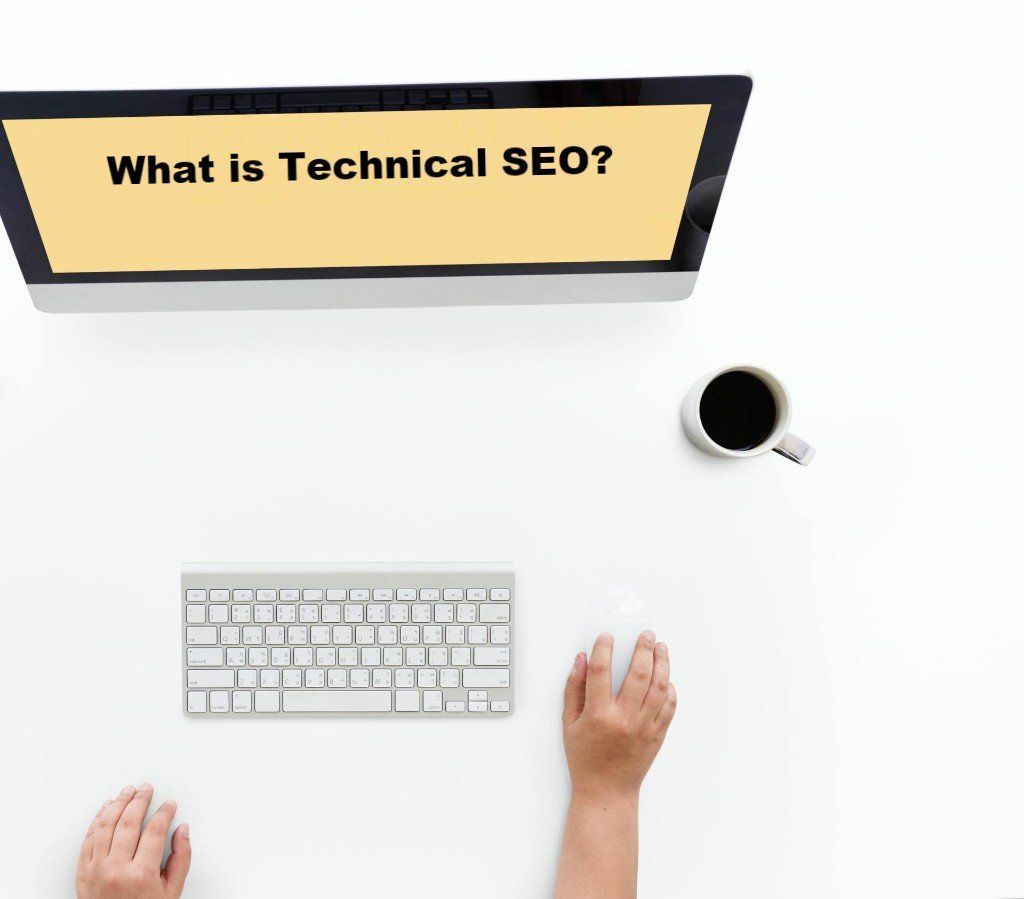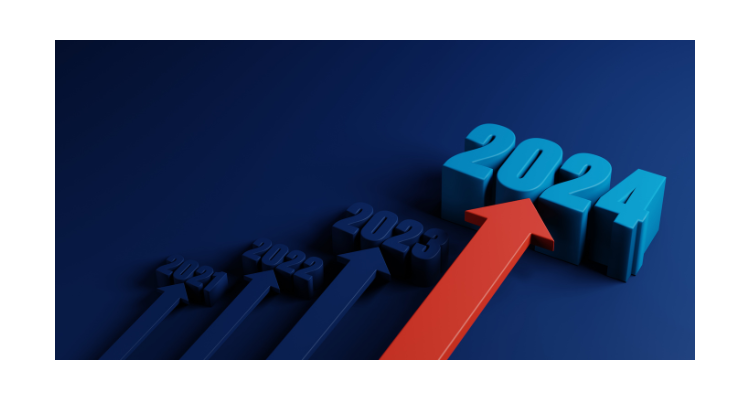CALL US TODAY! (404) 850-8333
Technical SEO
Technical SEO for Blogs, Lead Generation and E-commerce Sites
How do you get as much as you possibly can from your website’s performance in search engines? One way is through technical SEO. But what you need to focus on differs depending on the type of site you have.
I want to give my take on key technical SEO needs for three major types of sites: blogs, lead generation and ecommerce sites.
What’s Technical SEO?
My definition goes something like this:
Anything you can change on your site that can improve the performance of your content apart from the content itself.
Some attributes of technical SEO are:
Addresses code – It’s sad to see great content that never gets discovered because no one thought about the technical details that make content visible in search results.
Establishes a foundation – This is where you lay the groundwork and structure where the content will reside for the future.
Comes first – Some sites begin with technical issues and carry them and their consequences for the life of the site.
Is ongoing – Things break, so you can never stop maintenance and quality assurance.
Puts you in control – You can’t blame your failures on a mysterious algorithm; you control every technical SEO element on your site.
Almost every time I work with a new site, I find a technical SEO issue that I’ve never seen before.
Some technical SEO questions you’ll have to confront on any site:
- What meta data elements will be included in pages?
- What types of redirect rules should be in place?
- What will my canonical URLs for each page type look like?
- How should I configure my XML sitemap?
- Are there sections of the site should not be crawled?
- How will I handle different types of errors?
- How can the front end code be as efficient and fast-loading as possible?
Why Care about Technical SEO?
Search engine providers have since the beginning provided guidelines for webmasters to follow. They even provide free tools to help you do the job like Google Search Console or Bing Webmaster Tools. If you still don’t get the hint, John Mueller and others at Google will tell you that technical SEO “plays a really big role with a lot of websites.”
Technical SEO for Blogs
No matter what type of site, blog, lead gen or ecommerce, the tools we use to diagnose technical SEO performance aren’t very different. When it comes to implementing SEO solutions, they vary according to the type of site. In the world of WordPress blogging (a quarter of all websites use WordPress) SEO can be built into your theme in three ways :via hand coding, plugin or by the blogger.
- The bulk of technical SEO for blogs is most often handled by one of two SEO plugins, Yoast or All in One SEO Pack . The latter has been around longer and is rated higher by WordPress users. It doesn’t matter so much which one you use. There isn’t a whole lot of difference in the two. They both are equally geeky and let you set the major technical SEO parameters. However, it’s the settings you choose that can make or break your blog’s technical SEO.
- Other plugins that aren’t called SEO plugins but that can impact search are plugins that improve site speed (caching, image optimization, etc.), redirect plugins and posts that embellish content presentation or add internal links.
- Speaking of internal links, WordPress stays true to its early beginnings by continuing to use quirky names like “permalinks” to describe the syntax of your blog’s URLs. I can’t stress how important this is to set up correctly at the beginning.
- Blogs are not always aggressively trying to get leads or make sales right then and there. Their goals are often in attracting and engaging potential customers. Blogs are about content. So, the most important page types for blogs are the page and post. This is where the content lives. I like to emphasize these pages over others like categories, tags, archives, author pages, etc.
Technical SEO for Lead Gen Sites
The nature of lead gen sites isn’t so much to get visitors to engage deeply with the content, but to get them interested enough to make contact and convert into a customer. Typically you “capture” a lead, then follow up on it as soon possible with the next step in the sales process. Here are some technical SEO components for lead gen sites worth mulling over:
- Whether you’re using a CMS, a static page or marketing automation software to capture leads, a key aspect of lead gen sites is understanding everything you can about visitors who are likely to take the desired actions (filling out a form, webinar signup, call, etc.) so you can better target them. The better you understand them, the better your SEO strategy can be. This understanding is gained through web analytics software that you’ve installed and configured properly. Setting up Google Analytics with goals and events can reveal insights that will help you get more and better leads.
- The big page type for lead gen is of course, the landing page . You’ll summon all your technical SEO powers to rank, optimize and emphasize it to prospects.
- Leads are worthless unless they are processed on the backend. If you work hard to get great rankings, see that they are not wasted by a lazy sales team, CRM software issues or problems that prevent the lead from being received by the sales team. SEO won’t work without a lead follow-up process. Make it your business to test the process until it works.
- Conversion optimization and SEO are different disciplines but both care about one another. The conversion optimizer wants traffic from organic search. The SEO person wants his hard-earned traffic to convert. Both have an interest in split testing and analyzing data that influence the desired user behavior.
Technical SEO for Ecommerce Sites
The type of site that most needs technical SEO planning at the beginning is an ecommerce store site. Why? Because if you do it wrong, it can grow into something very big, ugly and unprofitable. Ecommerce sites tend to have lots of moving parts so you MUST structure the site so it scales well going forward. Some top technical SEO pain points for ecommerce:
- Information architecture for ecommerce sites cannot be over thought. The classic ecommerce page types are home page, category, subcategory, and product. Each page type needs to have its logical place in the navigation hierarchy that indicates to users what type of page they are viewing.
- Poorly-planned URLs can be the thorn in the side of an ecommerce site. If you use URLs with many parameters, numbers or characters that don’t communicate meaning, expect people and search engines to have to work a little harder to make sense of them.
- With ecommerce sites, the URLs that you use need to have a logical syntax. Use URLs to your advantage by giving clear queues to the names of your products. How much more sense does this make:
domain.com/acme-widget/
Than this?
domain.com/8590830238/
- Most every time I audit a site I find something wrong with the XML sitemap implementation. If nothing else, it just hasn’t been updated to include all the important URLs. The rules for creating an XML sitemap are fairly simple and straightforward so what could go wrong? URLs blocked by robots.txt, invalid XML markup, URLs from other domains, escaping issues and much more.
- Ecommerce sites often want to display user reviews to help buyers make the right choices. The rich snippets stars don’t appear in search results by accident. They show up because the site has been coded correctly so that Google can understand and incorporate them in search results. Google even has a special penalty for rich snippets.
- Another very important and often wonky issue for ecommerce sites to work out is how and where to use the canonical link element. Some ecommerce platforms generate the same exact content on many different URLs. You’ll have to decide which one should be the one good or “canonical” URL for each piece of content before you implement the canonical link tag.
- Another source of technical SEO angst is the case of the misconfigured robots.txt file. Like the XML sitemap spec, it’s very straightforward but getting this wrong could stop Googlebot cold when it tries to crawl your site. I’ve done this by mistake and believe me, nothing good can come of it!
- Redirects are important for any site but with ecommerce sites because you often have URLs coming and going with seasonal sales or product unavailability. It’s deceptive too because redirects are often behind the scenes and something that users never become aware of (if you’re shopping and thinking about redirects, get some help).
There are many more technical SEO issues that should keep your ecommerce SEO team busy on your behalf like product page refinements, pagination, https, page speed, etc. These issues can rear their heads on most any type of site but the sting is often worse with ecommerce. A drop-off in sales isn’t something that slips under the radar. It’s the point of the site.
LOCATIONS
CORPORATE OFFICE / MAILING ADDRESS
131 PROMINENCE CT. STE 210,
DAWSONVILLE, GA 30534
CUMMING SEO OFFICE:
410 PEACHTREE PARKWAY, BUILDING 400 SUITE 4245 CUMMING, GA 30041
Phone: 404-850-8333
ATLANTA SEO OFFICE:
1155 MT. VERNON HIGHWAY NE, SUITE 800,
ATLANTA, GA 30338
Phone: 678-820-7407
ALPHARETTA SEO OFFICE
5815 Windward Pkwy, Ste302
Alpharetta, GA.
Phone: 404-923-0015
ALSO PROVIDING:
QUICK LINKS
All Rights Reserved | Click Ready Marketing







